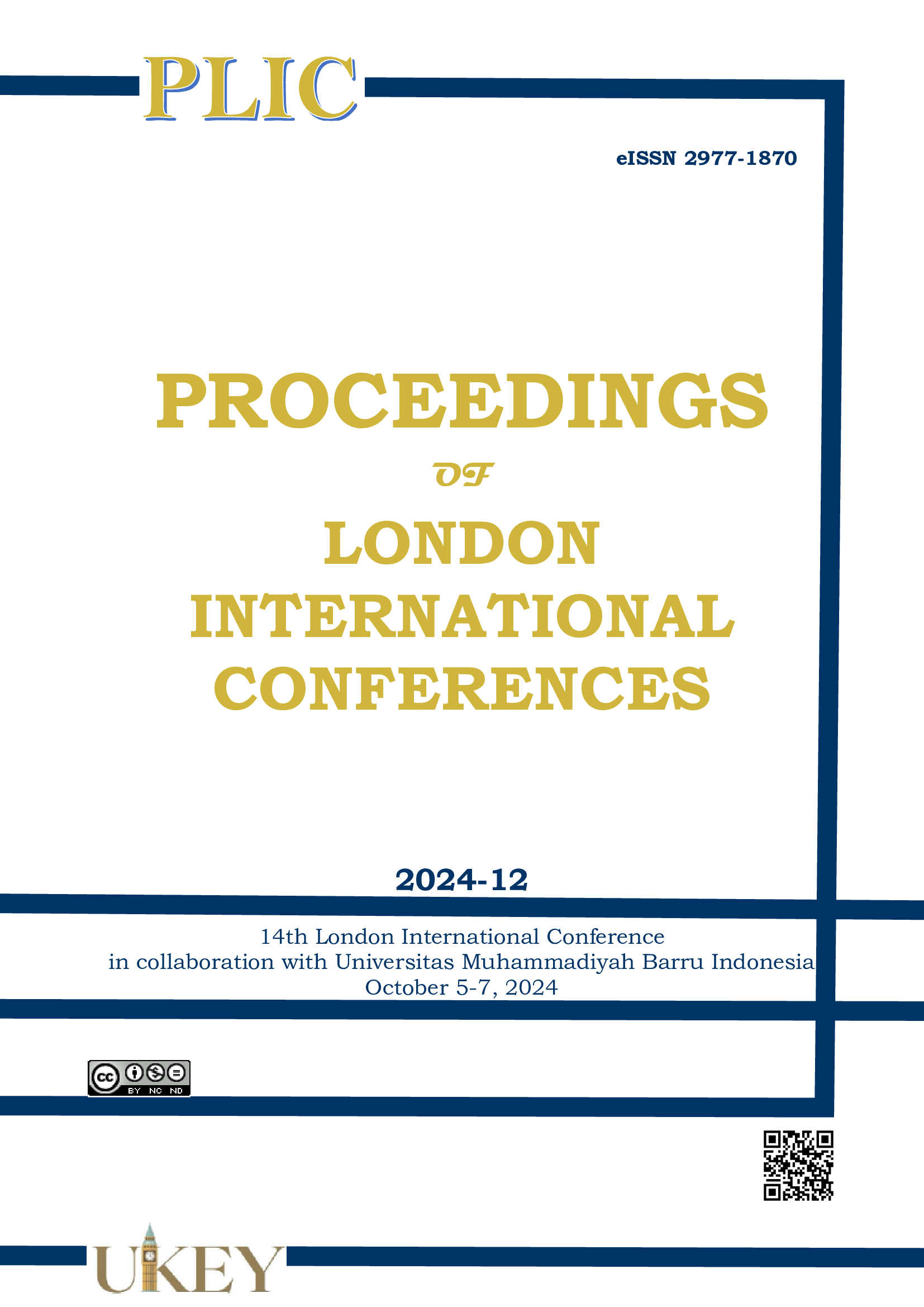Urban evolution: streamlining development for convenience and affordability
DOI:
https://doi.org/10.31039/plic.2024.12.269Keywords:
Urban planning, neighborhood planning, land use planning, 15-minute cities, transportation, urban, suburban, accessibilityAbstract
Throughout North America, though especially in The U.S. and Canada, modern sprawl has grown in cities with inefficient land usage and convenience leading to several harmful factors regarding the human body and efficiency. Many millions of Americans are increasingly living in suburbia, so an emergence of inefficiency and non-homeliness has developed. This article details what actions may be taken to convert the modern sprawling American city into what is known as a 15-minute city (FMC) affordably and efficiently. It regards factors such as the expansion of transportation, removal of extraneous roads, newer urban and suburban developments featuring mixed-use zoning, and access to local amenities and businesses for a transformation. Note each city is unique depending on geography and climate and will require a unique method of transforming it into a compact and efficient environment in multiple aspects.
References
Ahlfeldt, G., Pietrostefani, E., Schumann, A., & Matsumoto, T. (2018). Demystifying compact urban growth: Evidence from 300 studies from across the world. Www.oecd-Ilibrary.org. https://doi.org/10.1787/bbea8b78-en
Bibri, S. E. (2020). Compact urbanism and the synergic potential of its integration with data-driven Smart Urbanism : An extensive Interdisciplinary Literature Review. Land Use Policy, 97, 1–20. https://doi.org/10.1016/j.landusepol.2020.104703
Ewing, R., Richardson, H. W., Bartholomew, K., Nelson, A. C., & Bae, C.-H. C. (2014, January). This paper examines the relative merits of compact cities ... Compactness vs. Sprawl Revisited: Converging Views. https://www.econstor.eu/dspace/bitstream/10419/89650/1/cesifo_wp4571.pdf
Khavarian-Garmsir, A. R., Sharifi, A., Hajian Hossein Abadi, M., & Moradi, Z. (2023, February 20). From Garden City to 15-minute city: A historical perspective and critical assessment. MDPI. https://www.mdpi.com/2073-445X/12/2/512
HENEZI, D., & WINKLER, A. (2023). The Role of Public Transport in Transport Safety and Public Safety. The Eurasia Proceedings of Science Technology Engineering and Mathematics, 23, 505–512. https://doi.org/10.55549/epstem.1374907
James Alan Kushner. (2007). Urban Neighborhood Regeneration and the Phases of Community Evolution After World War II in America. Social Science Research Network. https://www.semanticscholar.org/paper/Urban-Neighborhood-Regeneration-and-the-Phases-of-Kushner/cc64d94c686d0c8933c5795a4eafb5cc0b5b5f23
Li, W., Joh, K., Lee, C., Kim, J., Park, H., & Woo, A. (2015). Assessing Benefits of Neighborhood Walkability to Single-Family Property Values. Journal of Planning Education and Research, 35, 471 - 488. https://doi.org/10.1177/0739456X15591055.
Mandelker, D. R. (n.d.) (2023). Zoning for mixed-use development. https://bpb-us-w2.wpmucdn.com/sites.wustl.edu/dist/a/3075/files/2023/07/Zoning-for-Mixed-Use-Development-2023-by-Daniel-R.-Mandelker.pdf
Pozoukidou, G., & Chatziyiannaki, Z. (2021). 15-Minute City: Decomposing the New Urban Planning Eutopia. Sustainability, 13, 928-928. https://doi.org/10.3390/SU13020928.
Rappaport, J. (2008). Consumption amenities and city population density. Regional Science and Urban Economics, 38, 533-552. https://doi.org/10.1016/J.REGSCIURBECO.2008.02.001.
U.S. Bureau of Economic Analysis. (2023, August 30). Gross Domestic Product, Second Quarter 2023 (Second Estimate) and Corporate Profits (Preliminary). Gross Domestic Product, Second Quarter 2023 (Second Estimate) and Corporate Profits (Preliminary) | U.S. Bureau of Economic Analysis (BEA). https://www.bea.gov/news/2023/gross-domestic-product-second-quarter-2023-second-estimate-and-corporate-profits
Varquez, A. C., & Kanda, M. (2018). Global urban climatology: A meta-analysis of Air Temperature Trends (1960–2009). Npj Climate and Atmospheric Science, 1(1). https://doi.org/10.1038/s41612-018-0042-8
Downloads
Published
How to Cite
Issue
Section
License
Copyright (c) 2024 Arsha Sheikhi

This work is licensed under a Creative Commons Attribution-NonCommercial-NoDerivatives 4.0 International License.
You are free to:
Share: copy and redistribute the material in any medium or format. The licensor cannot revoke these freedoms as long as you follow the license terms. Under the following terms: Attribution-NonCommercial-NoDerivatives-No additional restrictions.
Authors retain copyright and agree to license their articles with a Creative Commons Attribution-NonCommercial-

